Here on Gaming Reinvented, we’ve interviewed a lot of game developers over the years. We’ve talked to fan game creators, like Judge Spear and DJ Coco. We’ve talked to indie devs, like Otyugra Games and Power Level Studios.
Heck, we’ve even talked to people who’ve worked on large games like Disney Infinity! We’ve definitely interviewed some interesting folks here!
Yet we’ve only ever interviewed developers. People who’ve programmed the games in question or have acted like a one-man band rather than a full scale company.
And we think that gives a distorted picture of the industry. After all, most people don’t work solo. They work as part of a team. In a variety roles including (but not limited to) programming.
So for this interview, we’re doing something different. Namely, interviewing Teslagrad Art director Ole Ivar Rudi!
Still, what is Teslagrad anyway? How does the game actually work?
Well, it’s a unique 2D platformer where you use electricity and magnetism to explore an abandoned tower and solve problems. You do this so your main character (a young boy) can figure out the history behind the building. Why the king declared war on its inhabitants.
It’s a very interesting game overall, especially for the genre. Here’s a trailer if you haven’t seen it yourself:

But hey, now you know how it all works, let’s get on with the interview! Starting with the same familiar question we ask in all of these articles…
Okay, you know the drill by this point. Who are you? Who is this Ollie guy anyway?
I’m the art director/ all round art guy for Rain Games. Likes cats. I grew up on a farm on a small island on the coast of norway, surrounded by cows and viking burial mounds.
And how did you get started with video games? What was your first games console?
My first experience with games was playing the arcade version of Donkey Kong jr. at a swedish camping grounds some time in the mid 80s. Played PC games at friends’ houses until I got a NES for xmas in 1989 or 1990, and kept expanding from there.
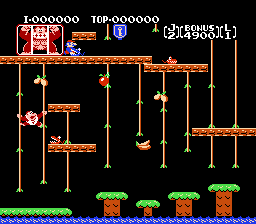
My first attempt at making games myself was around 2000, making some crude games using Klik N Play. They’ve all been lost to the sands of time, but the standout was a 2-player single screen top down death match game named “Chainsaw Mofos”. It played like a mashup of pac-man and Smash TV and had a soundtrack consisting of stolen midi renditions of 80s synthpop. It was probably not very good in retrospect.
Any favourite games over the years? How have they affected your work at Rain Games?
Off the top of my head Prince of Persia, Another World, Super Metroid, SOTN, Star Control II, Resident Evil 4, Harvest Moon, Super Mario Bros. 3, Zelda: Link’s Awakening+Wind Waker, Chrono Trigger and Earthbound are all time classics in my book (hm, that’s a very nintendo console heavy list)
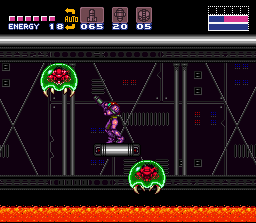
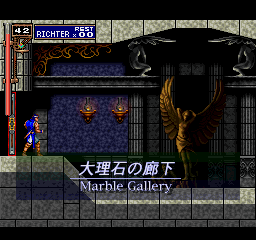
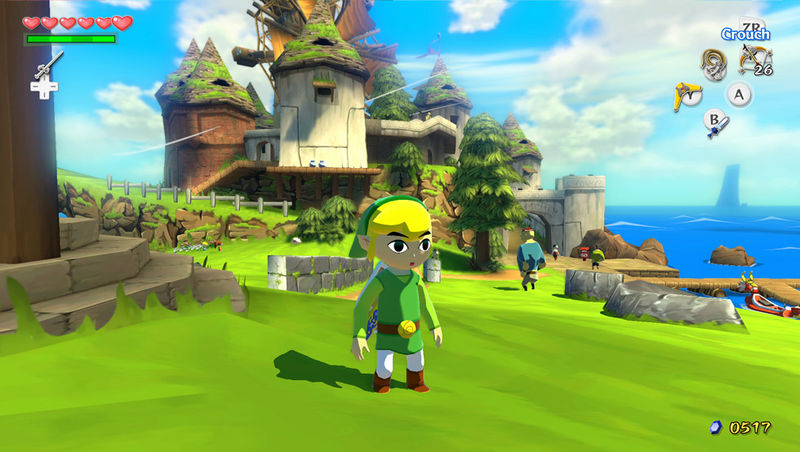
The Metroid games and SOTN definitely inspired a lot of things in Teslagrad and WttW borrows a lot of Zelda framework- but we’ve taken inspiration from so many different sources that our games boil into their own, quirky thing, really.
I try to play as many games as possible- Brave Fencer Musashi, Gunple: Gunman’s Proof, Sylvan Tale, Secret of Mana and Beyond Oasis are just a sample of the other games that lent some inspiration to WttW, for instance.
Either way, onto game development now. How did you get started in the field?
Basically, just circumstance- I was working as a freelance illustrator at the time and a friend from school asked me if i wanted to join him and brainstorm a bit with the folks who eventually wound up making up Rain Games. I hadn’t planned on spending more than a week with them before joining, but we hit it off and before i knew it I was a part of the company.
What about the art side of things? Why did you decide you wanted to draw art for games rather than say, become a programmer or composer or whatever else?
I’ve always drawn! my education was always geared towards art/design, I’ve got a Masters degree in visual communication so I didn’t have much choice:)
I’ve always enjoyed making music on the side but I’m absolutely terrible at it.
Any previous projects you created the graphics for?
Never worked on any commercially released games before joining Rain, no.
Let’s talk a bit about Rain Games now. How did you first get involved with the company?
See the anecdote two questions ago:)
Were you involved in their previous (unreleased) game, Minute Mayhem?
Yeah, I worked on character designs and world building for that- Some of the characters from World To The West actually originated in Minute Mayhem, including Teri and Clonington! The behind the scenes worldbuilding for that game became the blueprint for the world all of our games take place in.
Onto Teslagrad now. Who came up with the game’s concept? Why a ‘magnetic puzzle platformer’?
Teslagrad originated in Minute Mayhem as well, the original pitch was that we’d make a platformer set in Elektropia, that world’s northernmost nation, dark and dreary and defined by their mastery of electricity.
Initially we were discussing making a cinematic platformer in the vein of another world or limbo, but once we hit upon the notion of building mechanics around electromagnetism (tesla is the measurement unit for magnetic flux) it quickly turned into more of a metroidvania-esque action puzzle hybrid.
Art style wise, it certainly looks unique. Why did you decide to go with that style anyway?
The vision for the art style was basically making a snes game, but in HD- at this point most indie games had a pixel art aesthetic, and we felt that we needed to do something different to stand out.
Both I and my fellow artist Aslak had a 2d animation background so we thought it’d would be a good idea to apply that skill set to the game.
A lot of the visual quirks of the game comes from needing to find ways to draw effectively- frame by frame animation is very time consuming and we are a small team so we needed to be able to draw each frame quickly. This is one of the reasons the characters have Tintin-style slit eyes, it makes their expression more ambivalent so that the same expression might read slightly differently in two scenes based on context.
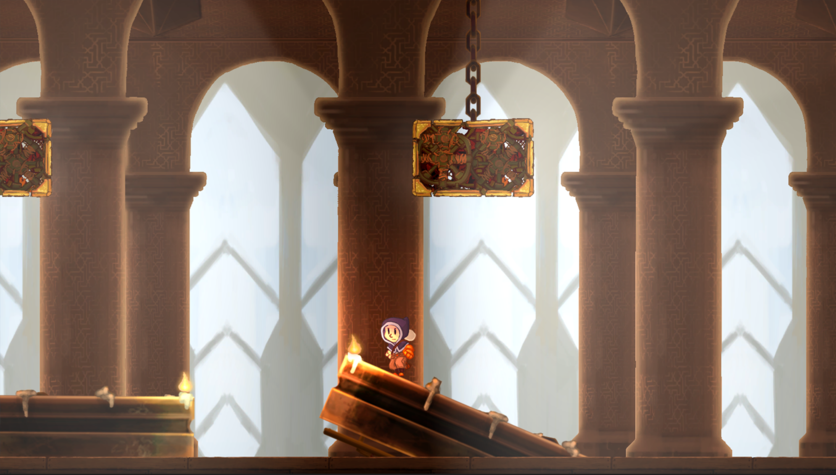
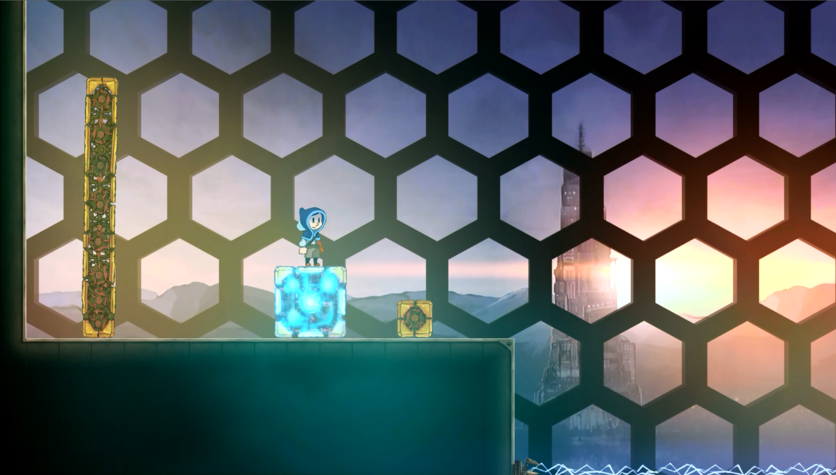
Were there any other ideas you had for art styles? Like, ones extremely different from how the game actually looks now?
Early on we were considering going with pixel art, but we felt it might not stand out much if we did. We tried a few variations on that formula. One approach was doing “sloppy pixel art” by painting environments at higher resolutions and then downscaling, another was doing the basic designs in pixel art and then repainting them in an impressionistic fashion, using the shape language of pixel art but with a hand painted feel. That was an interesting look, but felt restrictive, so in the end we wound up sketching the character motions as simplified low-res sprites for prototyping and then using that as a base for the hand drawn final assets.
How did you create the graphics anyway? What tools did you use for drawing them or inserting them into the game?
I used Toonboom for animation-it’s vector based, so it can do lossless scaling, which was useful when it came to being flexible in what the size of the final sprites would be. It still handles like pretty much any drawing software. Effects work, backgrounds and environment tiles were done in photoshop.
Obviously, there’s a very Russian/Soviet aesthetic to the world and cast. Why did you decide to go with that here?
That flowed pretty naturally from our early choice of setting the game in the Northern part of our world- Our fictionalized riff on Europe is split into four separate nations, and Elektropia, where Teslagrad takes place, is a mix between Scandinavian and Eastern European countries. I’m a big fan of vintage Eastern European art and animation, so taking some inspiration from that felt like a natural fit.
And how did the character designs come about?
I did the design sketches for the characters, trying to see what their defining characteristics would be and how to convey them without using any dialogue. Early sketches were often a tad more intricate, but when working with frame by frame animation every detail adds a lot of time to the process, so it became important to distill them into cleaner designs without losing the essence of the characters.
I still regret making the main character asymmetric with only one magnetic glove, as that meant i had to draw left-and right facing versions of every frame, doubling the animation frame count!
I have a trick i use when designing characters, i draw a few variants until i come up with a design i like, then i try to commit that to memory and put those drawings away in a drawer for a few days while i concentrate on other stuff. Then, after a few days, I try to redraw those characters from memory- any detail I’ve forgotten in the meantime probably wasn’t essential to the character, or I would have remembered it.
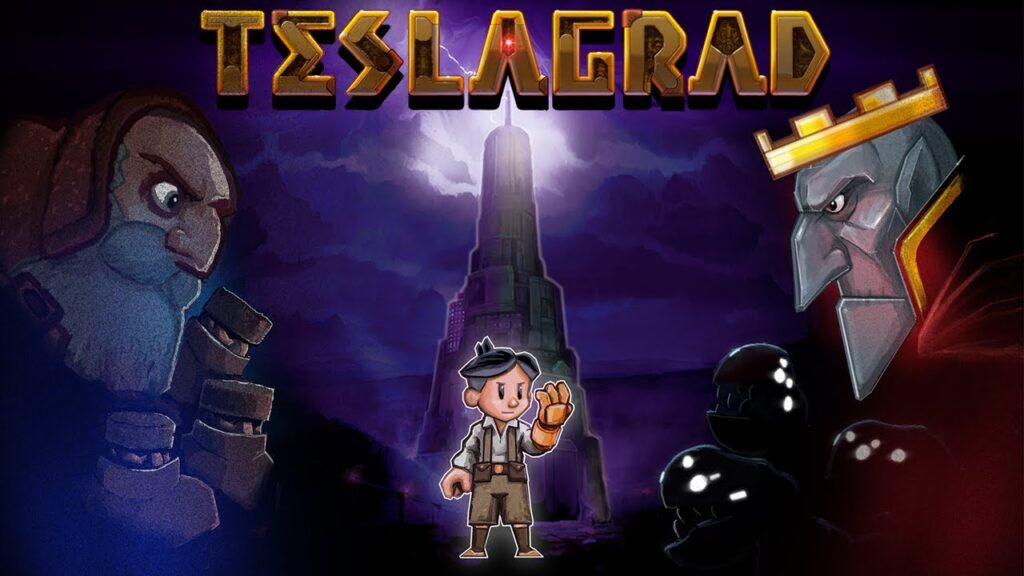
What about the enemies or bosses?
Enemies and bosses are done much in the same way- I did the initial concept designs for pretty much everything but the grues, the fernus boss and the eye boss.
Fellow artist Aslak Helgesen animated most enemies-he’s a much better animator than me, so oleg (the bearded guy in the red coat) in particular stands out! we cooperated on a few others such as the bird boss and the king.
Petter Amland designed the Eye and Fernus bosses’ ingame appearance. He also did most of the base environment art and backgrounds, with me going over and adding details and setpiece props afterwards.
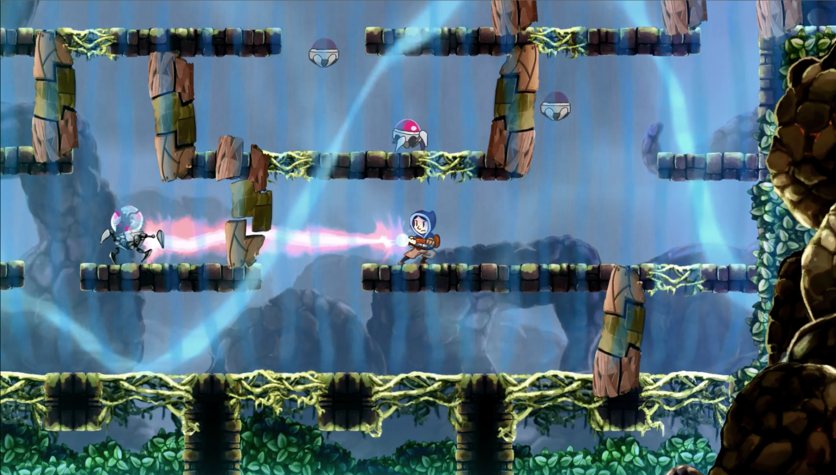
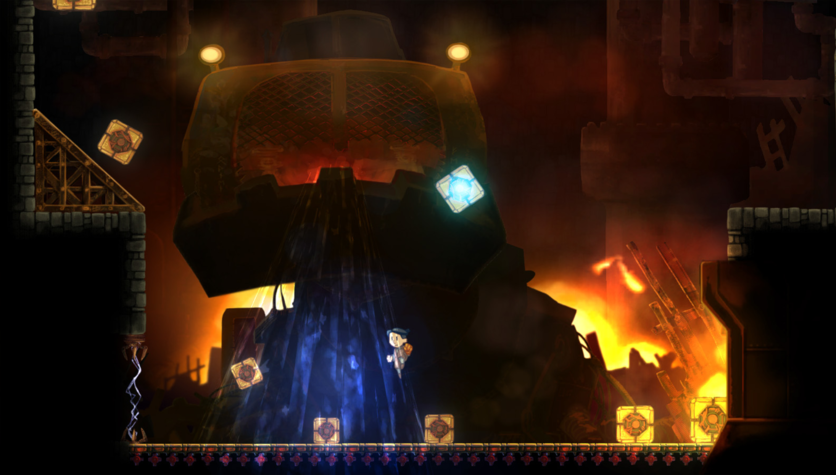
Either way, the game seems to have done pretty well for itself. Did you expect that? Did the rest of the Rain Games team expect it?
I certainly didn’t expect it, not because I’m not happy with the game but because it’s very hard to get noticed with a new game, even back in 2013-14 when it first released. So, we all hoped for the best, of course, but we didn’t dare to expect it!
We’ve shifted about 1.7 m copies across all platforms at last count- Of course, most of those were sold at heavy discounts but It was definitely a relief to make enough to be able to make another game.
Onto World to the West now. How did that game’s slightly more bright and pastel shaded art style come about?
It came about partly because we’d always had a bigger shared universe in mind, and we wanted to show the range of it- teslagrad had a fairly ominous mood, with a lot of purple and brown, so we figured that starting in that universe and launching into a more lush and green atmosphere would be an interesting change.

How different was it creating graphics for a game with a top down perspective rather than a side view one?
The top down perspective was the main reason for going fully 3d this time – classical 2d animation is a good match for sidescrollers because in most cases you can just flip the character for left and right facing frames. I was stubborn on Teslagrad and designed some of the characters as asymmetric- magnetic glove on only one hand, etc- which meant i had to draw double the frame count for left/right flip frames, haha. In addition, there were several layers of equipment, which meant i had to redraw the main character sprite five times, each with left and right facing sprites, so a total of ten times the work a symmetric character with only one set of clothing would be.
We knew we wanted four playable characters this time, and we knew we wanted each of them to pick up some new gear along the way. Now, if you do 2d animation in top down you really need to draw each character from a minimum of 8 angles for them to be able to move around naturally. So even without additional gear for each character, this would mean 32 times as much work involved in drawing the animation frames for the main characters than for a single, symmetrical platforming character!
Going polygonal seemed like a logical choice since you can show characters’ animations from any angle without having to redo them. You can also reuse a lot of basic animations between characters as long as their rigs (skeletal structure, basically) are fairly similar, so this allowed us to have far more non-player characters in the game than we’d have been able to in 2d.
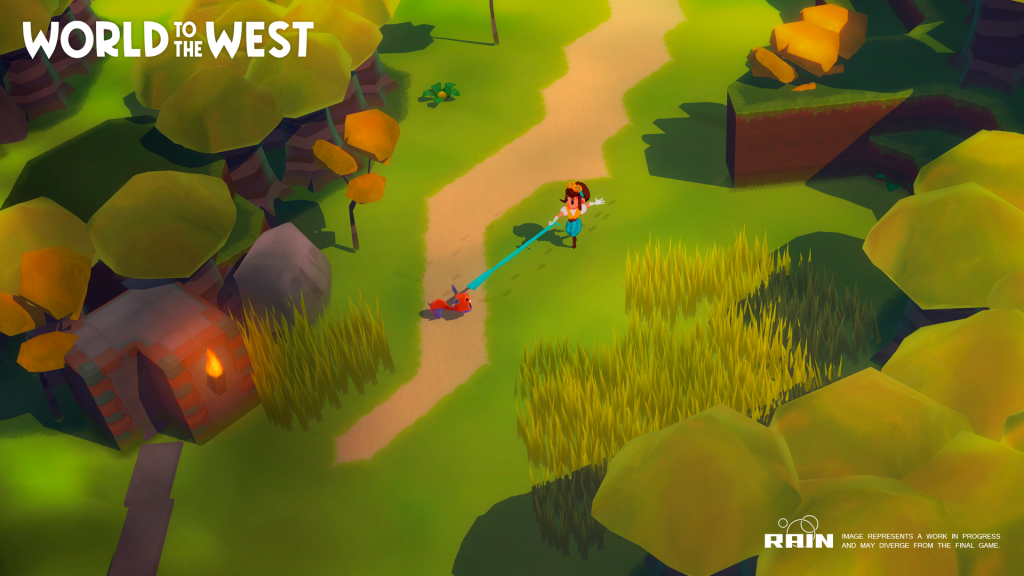
Other than that, the main focus was on making the game look appealing while making sure we could make a lot of environments that could be made relatively quickly and still run on the target platforms without our fairly small team having to spend years optimizing it after the game was done. Our visual target was “make it look like a great HD remaster of a PS2 or Gamecube era game”, and that kind of lent itself to bold shapes and colorful environments.
Unlike Teslagrad, it seems this title has multiple playable characters with unique designs and abilities. Where did the ideas for these come from?
Our main focus was making each character feel fairly unique, so that switching between them would be more than just a cosmetic change.
The idea of having four unique characters was actually born from me replaying Link’s Awakening in preparation of making WttW, since it’s a genre touchstone in a lot of ways. It’s one of my favourite games, but I became slightly annoyed by constantly having to switch items to traverse the map, often up to three times per screen since the game boy has a limited number of buttons.
We knew we wanted to have a simple, easy control setup since we’re not big fans of tutorials, and we hit on the idea of simply splitting abilities across different characters rather than taking the zelda route and having an item menu.
In the earliest concept stage, Teri was the sole protagonist, but we figured her slightly brash personality would work better if she had other characters to contrast her. We knew we wanted to have Teslamancers involved in some way to carry on the torch from Teslagrad, so Lumina was born.
As I mentioned earlier, Clonington was also a holdover from Minute Mayhem. His personality-A big goofy aristocrat ruffian- felt like it would be a good action oriented contrast to Teri’s puzzle based skillset and the more precision based Lumina.
Knaus was the last character to be added, the original pitch was to make his gameplay based more on stealth and avoidance, but during development we hit on the idea of making him the “grower” character of the bunch, as he starts out as a weak, defenseless kid and grows into a more resourceful character over time, ending up with a great overall set of skills.
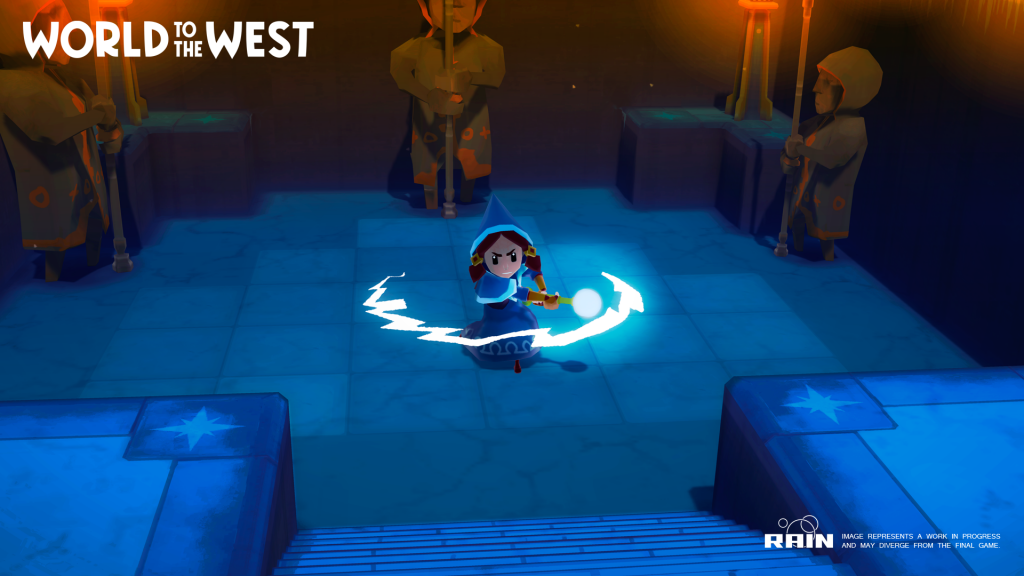
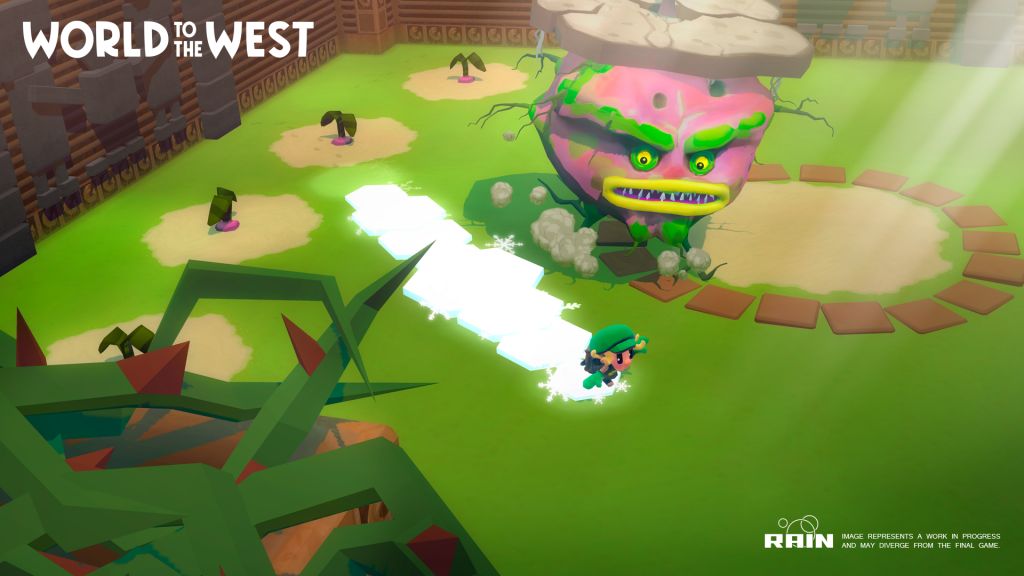
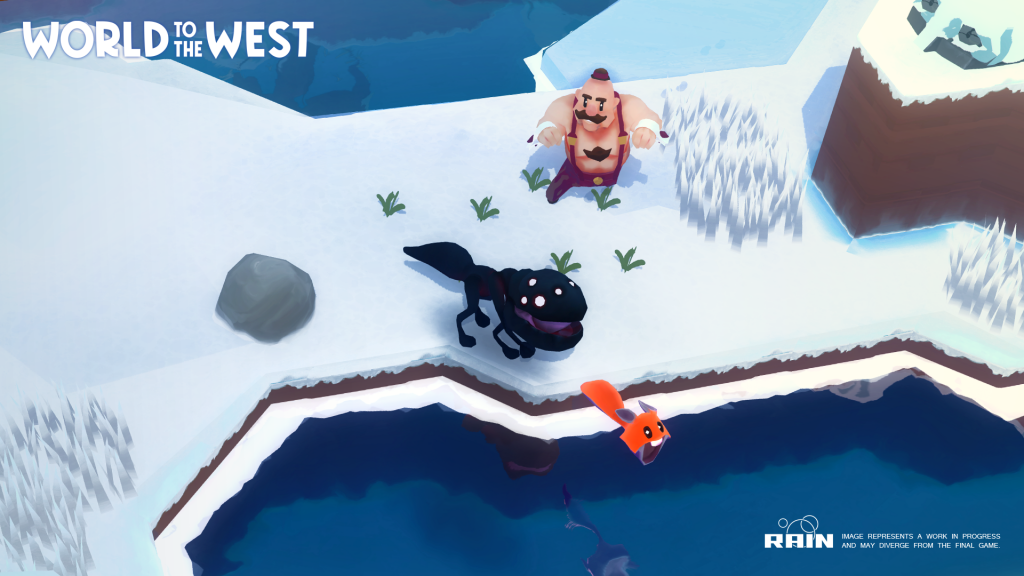
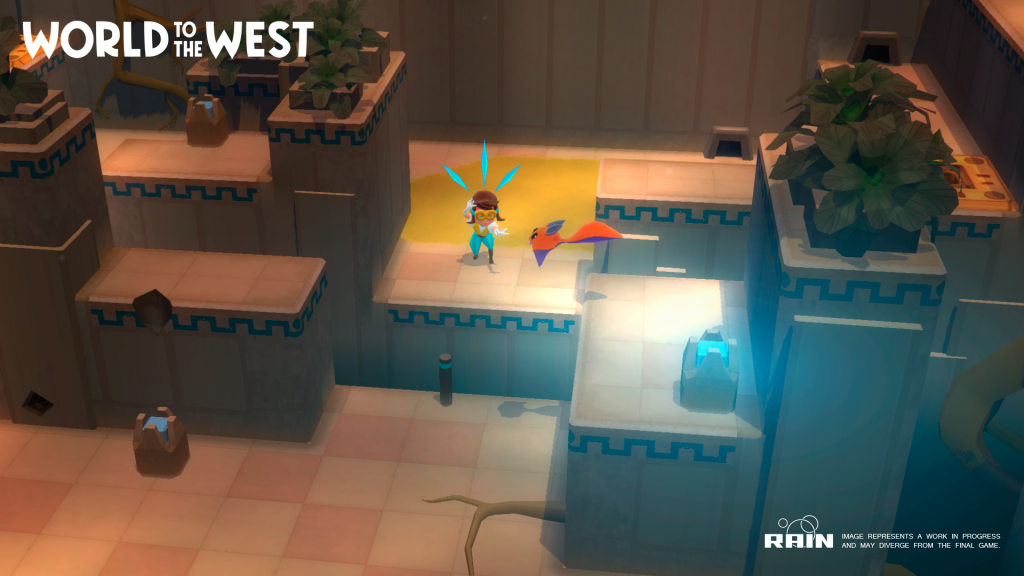
But hey, let’s move on from the games themselves now. How did Rain Games come up with the release platforms for their titles? PC is an obvious choice, but why the others? Why isn’t World to the West coming to the Wii U?
We always keep an open mind about release platforms when starting a project- It mostly came down to scope, initially we wanted to see if we could get it to run on vita (and even 3ds!) but it soon turned out we would be looking at a period of optimization that just wasn’t feasible for us if we wanted to get the game running on those platforms.
We are actually releasing it on Wii U! The port is taking a bit longer than we expected, since we needed to optimize it a lot more than on XBO and PS4 to get it running well.
The Wii U is several times more powerful than the Vita, even though some very impressive games have been released on Sony’s handheld. I wouldn’t rule out seeing the game in portable form on a different platform, though….
What about the marketing for the games? Did the company try and get more websites and YouTubers to cover their work?
Marketing is not really my department, I do make promotional art from time to time but you really need to have folks dedicated to marketing if you’re gonna have time to make the games:)
Either way, what plans do you have for the future? Do you ever plan to leave Rain Games and setup your own studio at any point?
I’m a co-founder of Rain so I doubt I’d want to split off any time soon- we have a pretty flat company structure here so I feel like I get to make a lot of choices outside of my main area already. Besides, I’m not very good at the business side of things- the amount of paperwork involved with releasing a console game is staggering, not to mention the accounting work! I’m very glad to be working with people who are skilled at that stuff:)
Finally, what advice would you give any new artists wanting to get into the video game industry?
I’d advise people to go to as many game jams and game dev meetups as possible, and just find out what you’re actually good at in a practical setting- most of the people we’ve hired after starting the company has been people we collaborated with at game jams that happened to have skillsets we appreciated, even though they wouldn’t necessarily think to emphasize them in their CV’s.
It’s always good to have interests outside of your main discipline- even if your goal is to make game art professionally, it’s important to look at things outside of games for inspiration, or it’s easy to get caught up in just repeating tropes.
Just starting tiny projects on your own is useful too-Don’t try to make a commercial game or an MMO by yourself, but try to make a lot of small basic test games just to get familiar with what goes into a game and what the practical needs of game art are.
And you know what?
We agree with him on both counts. If you want to get anywhere in the world of game development, you need to keep your ambitions in check. Yes, we know it’s great fun to plan out all the cool features you want to work on. Yes, we know you’ve probably been dreaming of a 200-hour epic RPG that’s going to change the world.
We all have. It’s part and parcel of being a game developer, or heck, working on any form of software in general. No one starts out wanting to make something simple.
But without experience, you simply can’t make that game. Or at best, you’ll spend 13 years trying to make said game.
So calm down and create some simple titles first. Leave your super ambitious world changer until you have the skills, experience and time needed to create it.
That’s how success starts in this industry.
Additionally, you should also take his advice about the whole networking side of things too. It’s a close-knit industry, events and game jams can be a way in.
In other words, focus on what matters. Do that and you’ll go far.
And that concludes our interview. If you liked it, check out Rain Games’ site and Twitter via the links here. You can also follow Ole Ivar Rudi himself on Twitter via this link too.
So yeah, tell us what you think. Did you enjoy the interview? Are you planning to buy World to the West?
Give your thoughts on this (and more) in the comments below or on social media today!